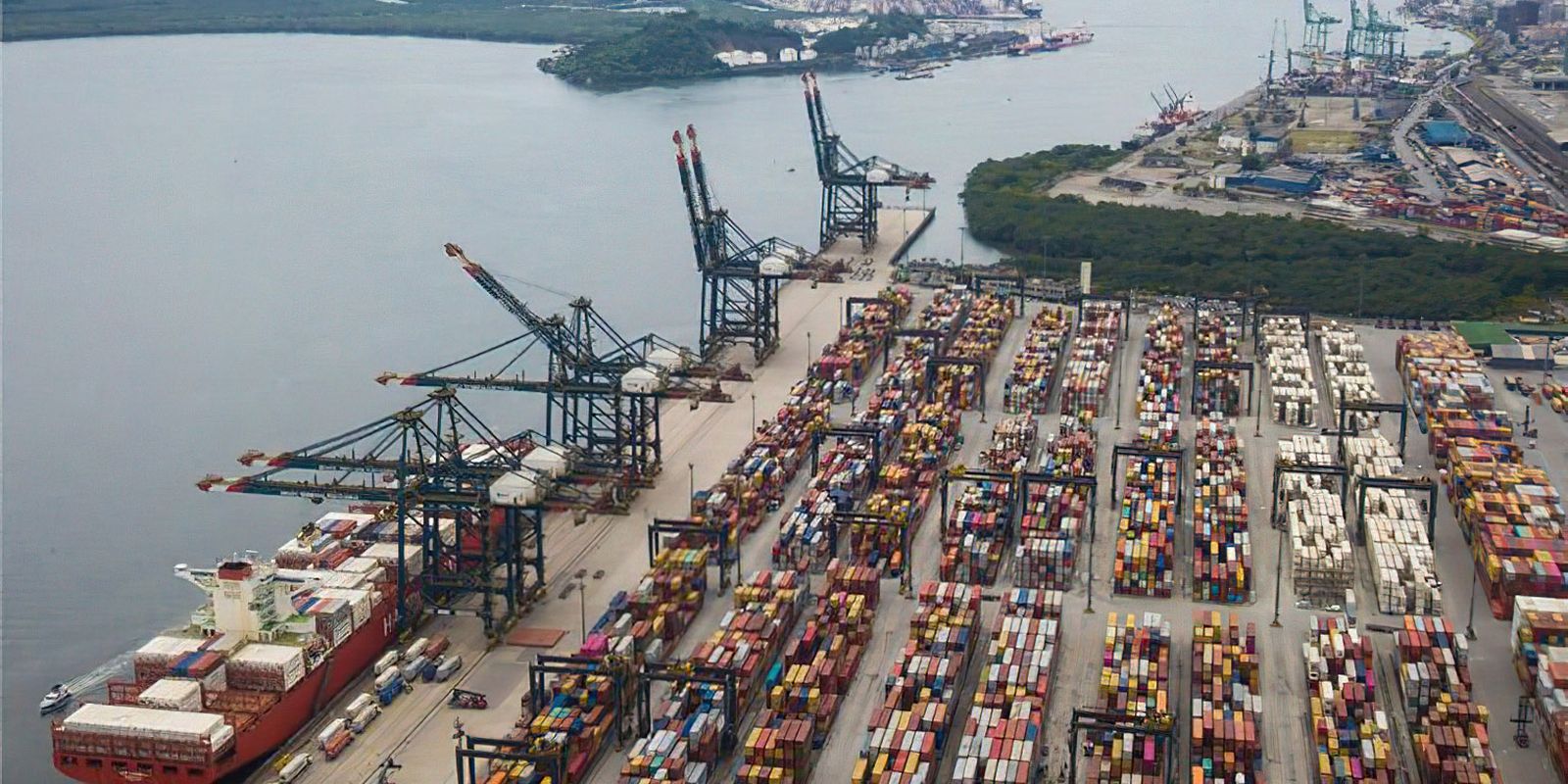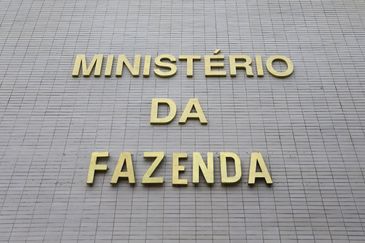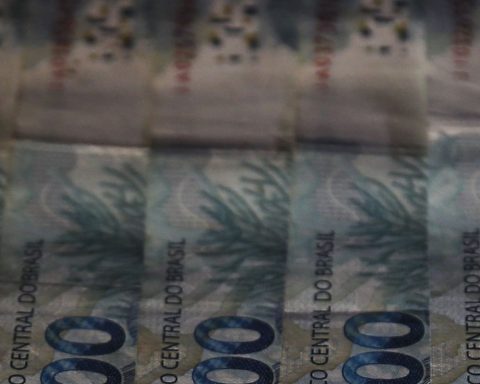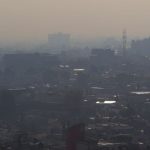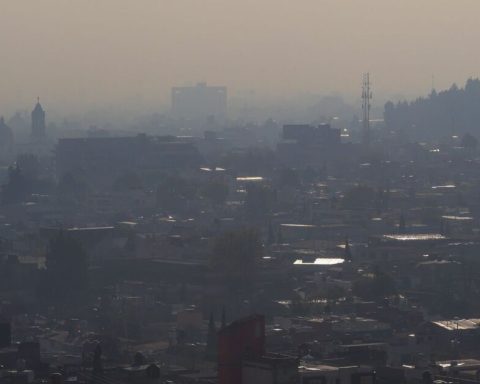The Secretariat for Economic Policy (SPE) of the Ministry of Finance increased its estimate for growth in the Brazilian economy this year from 2.5% to 3.2%. The forecast is included in the Macrofiscal Bulletin, released this Friday (13) by the Secretariat for Economic Policy (SPE) of the Ministry of Finance. Regarding inflation by the Broad National Consumer Price Index (IPCA), the document increased the projection for 2024 from 3.9% to 4.25%.
Regarding the economy’s performance, the projection for the Gross Domestic Product (GDP, the sum of wealth produced in the country) was revised after the release of the 1.4% growth in the indicator in the second quarter. Released ten days ago by the Brazilian Institute of Geography and Statistics (IBGE), the result was above expectations.
Two days ago, the Minister of Finance, Fernando Haddadhad informed that the economic team would revise the GDP growth forecast for 2024 to more than 3%.
Despite having raised its GDP growth forecast, the SPE predicts a slowdown in the second half of the year. For the third quarter (July to September), the document predicts GDP growth of 0.6%, compared to 1.4% recorded in the previous quarter. For 2025, the growth estimate fell from 2.6% to 2.5%. The SPE attributes the lower growth next year to the prospect of a new cycle of increases in the Selic rate (the economy’s basic interest rate).
The projection for the IPCA is close to the ceiling of the inflation target for the year, set by the National Monetary Council (CMN) at 3%, with a tolerance range of 1.5 percentage points above or below. In other words, the lower limit is 1.5% and the upper limit is 4.5%. For 2025, the estimate increased from 3.2% to 3.3%.
According to the SPE, the impacts of the rise in inflation estimates were contributed to by the impacts of the rise in the dollar, the adjustment in the minimum price floor for cigarette prices and the yellow flag scenario for electricity tariffs at the end of the year. Since the end of August, the tariff flag for energy is redbecause of the drought in much of the country.
Sectors
In addition to raising the economic growth forecast, the SPE changed its estimate for the productive sectors. For agriculture, the expected variation for GDP remains negative, but the expectation of a contraction, which was 2.5%, improved to 1.9%. According to the document, the revision reflects the increase in estimates for the corn, cotton, and sugarcane harvests and the increase in meat production.
For industry, growth expectations were revised upwards, from 2.6% to 3.4%. According to SPE, the revision mainly reflects higher estimates for growth in the manufacturing and construction industries this year. In the second quarter, industry was the sector that most drove GDP growth. The projection for expansion in services also rose, from 2.8% to 3.3%.
INPC
Regarding the other inflation indices, the SPE also revised its estimates. The National Consumer Price Index (INPC), used to establish the minimum wage and adjust pensions, is expected to close this year with a variation of 4.1%, slightly higher than the 3.65% reported in the previous bulletin, in July. The projection for the General Price Index – Internal Availability (IGP-DI), which includes the wholesale sector, the cost of civil construction and the end consumer, went from 3.6% to 3.8% this year. Because it reflects wholesale prices, the IGP-DI is more susceptible to variations in the dollar.
Rio Grande do Sul
In the previous edition, in July, the Macrofiscal Bulletin had reported that the floods in Rio Grande do Sul would impact GDP by 0.25 percentage points in 2024. The number was not revised, but the SPE detailed that the lower contribution of aid policies to the state will contribute to the slowdown of the economy in the third quarter.
The figures from the Macrofiscal Bulletin are used in the Revenue and Expenditure Assessment Report, which will be released on the 20th. Published every two months, the report provides forecasts for budget execution based on revenue performance and government spending forecasts, with GDP and inflation factored into some calculations. Based on compliance with the primary deficit target and the spending limit of the new fiscal framework, the government blocks some non-mandatory spending.
